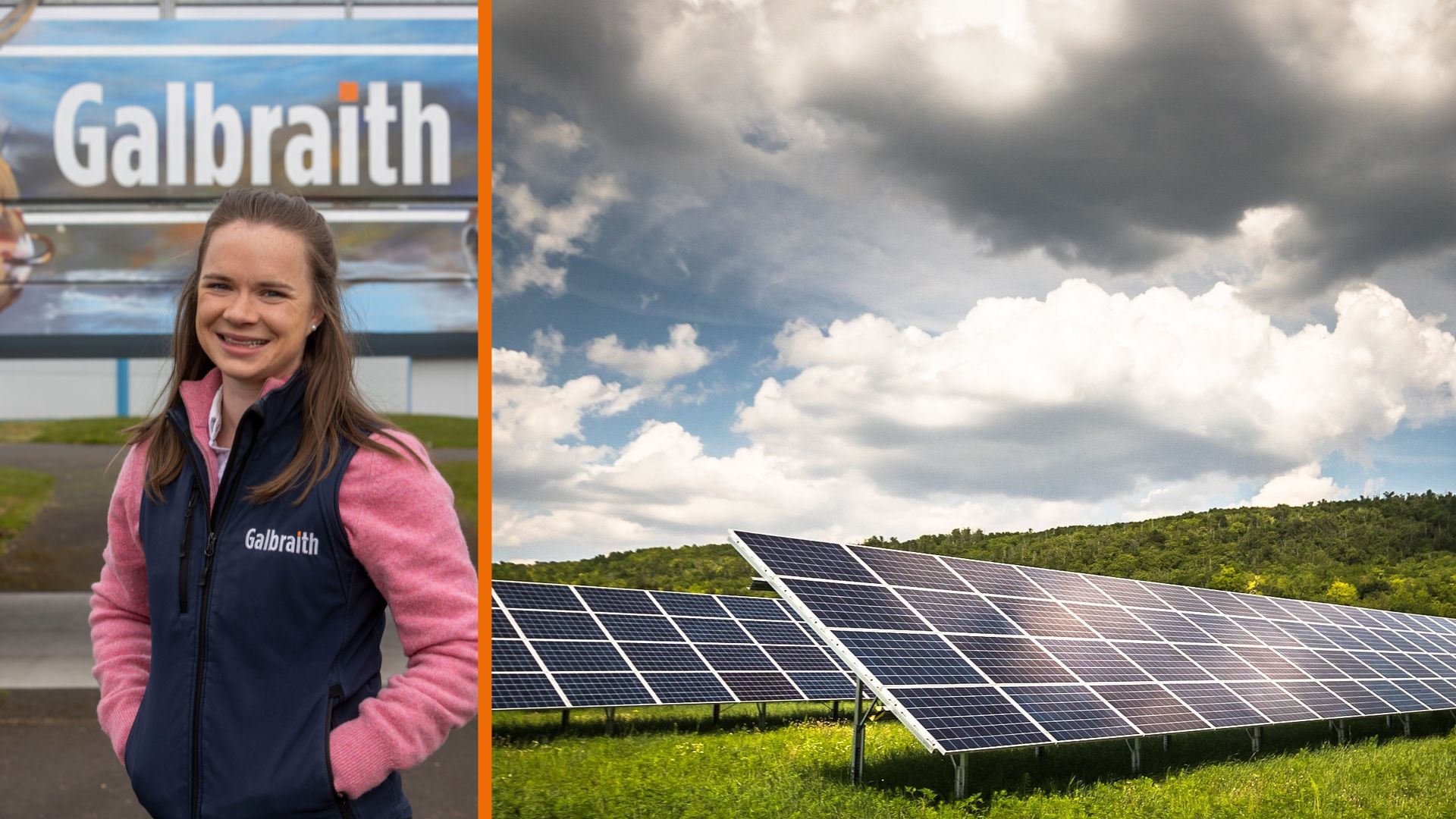It may seem hard to imagine in January, but solar is a fantastic potential opportunity particularly for rural businesses, to significantly reduce their contribution to climate change whilst also bringing financial savings.
Agriculture’s contribution to the rural economy goes further than its economic functioning as it provides public services such as that of stewarding the landscaping and creating and managing biodiversity.
In recent years, it has become more prominent that upland farmers are vital in managing peatland for carbon sequestration. Energy generation and renewables is another way in which agriculture can assist in tackling climate change and supporting the rural economy.
Large-scale solar farms can help to power local communities using clean, affordable and reliable power. The public health benefits include zero emissions from a carbon-free fuel source, offset carbon emission from cars and buses, reduced need for traditional power plants (such as coal and natural gas) and reduced need for electrical transmission lines.
The environmental benefits to solar include supporting a pollinator-friendly habitat, habitat restoration on contaminated brownfield or landfill sites, creating shade of livestock such as sheep and poultry and land banking for future agricultural use and soil quality improvements.
About 25 acres of land is needed to produce 5 megawatts (MW) of power, and for every 5MW of capacity installed a solar farm will typically produce enough energy to power more than 1,350 homes while saving 1,200 tonnes of carbon annually, based on an average consumption of 3,600 kWh of electricity per home.
For larger solar farms, a developer would build and operate the scheme under a lease while providing lease revenue. Large solar projects require significant areas of land that would be required to be taken out of agricultural production be that producing crops or housing livestock.
Having solar panels on the roofs of farm buildings and residential properties could be a crucial part of the solution to keeping land in agricultural rotation and to the energy bills crisis that is hitting rural communities as solar panels on roofs could reportedly cut the typical family electricity bill by £300 a year.
The energy bill crisis has led to a big rise in demand for solar, with more panels installed on British roofs than ever before. Solar is not for everyone, as there can be an upfront investment of thousands of pounds, and the right type of property is required.
In terms of solar on farms, it is important that farmers start to look at options that complement their main activities either by reducing electricity bills or hosting a larger renewable project whose revenues will help when arable prices are low.
The combined expertise of Galbraith’s Energy and Building Consultancy teams means we can advise on a range of different scales of solar PV development.
At the larger, developer-led end, this would take the form of providing advice and guidance to the landowner from the initial approach, option appraisals, through the heads of terms to the option and lease agreements to maximise the rental return.
At the smaller, self-developed scale, we can undertake site appraisals, feasibility studies and project manage the design, consenting, procurement and construction phases to ultimately reduce utility costs and potentially generate a permanent income.
To read the latest news and views from our experts in Energy Matters | Winter edition 2023/24

